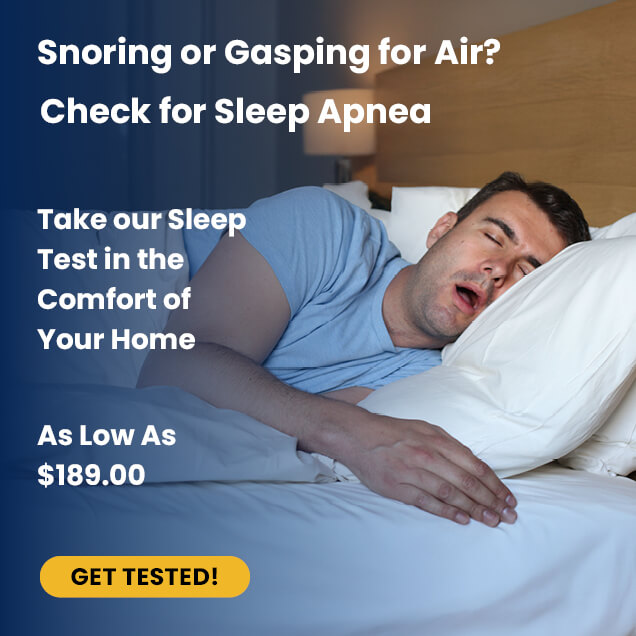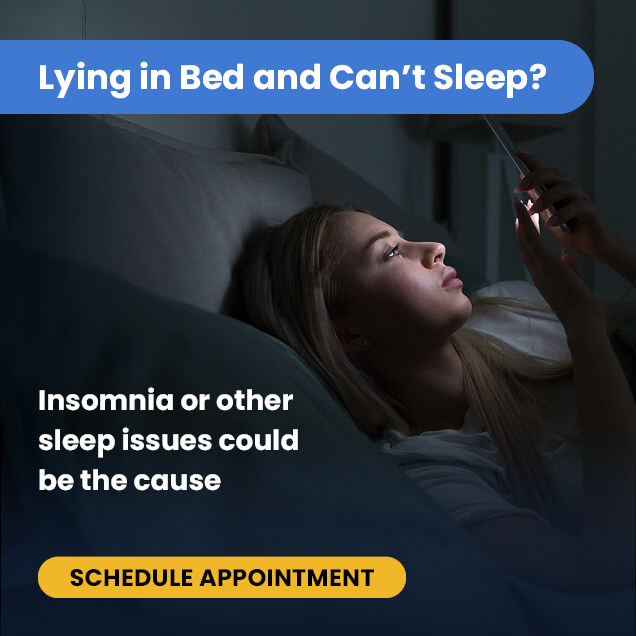Use the player to listen to the article and/or continue to read below.
Clinical Definition | Epidemiology | Symptoms | Causes | Diagnosis | Management
Introduction
This article discusses the symptoms, causes, risk factors, diagnosis, and management of excessive daytime sleepiness (EDS).
Those who suffer from EDS complain of daytime sleepiness that interferes with activities at critical points in the day. Underlying conditions or sleep disorders may cause excessive daytime sleepiness if EDS is not identified as the primary disorder.
Compromised alertness due to daytime sleepiness can lead to an increased risk of accidents while driving and operating heavy machinery and interfere with day-to-day functioning.
Abnormal sleeping patterns can often be misinterpreted as lack of motivation or simple laziness by superiors at work or a lack of interest by loved ones; however, this article aims to help clarify aspects of the disorder so that it is better understood.
Clinical Definition
EDS warrants a diagnosis if it interferes with activities or prevents the patient from maintaining comfortable wakefulness throughout the day.
According to the International Classification of Sleep Disorders, 3rd Edition, sleeping at unintended and inappropriate times is considered EDS when it happens almost daily for a period of three or more months.[1]
The inability to maintain wakefulness manifests as an uncontrollable desire to sleep that acts against the patient’s willingness to remain coherent, rather than just sluggishness or loss of focus.
Epidemiology
EDS is reported by 10 to 25 percent of the general population; however, the quality of data is suspect due to the subjective measures and inconsistency in questioning across studies.[2] One prospective study followed 4000 women who didn’t exhibit daytime sleepiness at baseline. After 10 years, 8 percent had developed EDS.[3]
Symptoms
EDS is defined by an excessive amount of time spent sleeping or a compulsion to sleep during times considered abnormal or inappropriate.
As a result, excessive sleepiness contributes to many symptoms by association, such as a lack of mental focus during daytime activities, compromised sociability, and the possibility of hallucinations and unconscious activity, of which the patient has no memory upon waking.
Excessive sleepiness is different from chronic fatigue in its frequency and severity of physical impact; however, the term “fatigue” is used interchangeably by patients to describe both conditions.
EDS symptoms include a general sense of tiredness that prohibits focus, hampers the motivation to initiate even the most non-intensive action, and lessens the ability to maintain activity levels.
Engaging in activity that stimulates blood flow might temporarily alleviate EDS symptoms, whereas chronic fatigue might be adversely affected by the same exercise.
Causes
Identifying the source of daytime sleepiness is no easy feat as it can be a symptom of any number of psychological, neurological, or physical causes or disorders, such as:
1) Poor Sleep
- Compromised or disrupted sleep can be self-imposed or due to keeping anti-social work hours, which is common in shift work
- Extended work hours or family responsibilities that interfere with sleep
- An unregimented sleep schedule or poor sleep hygiene
- Chronic pain may disrupt sleep (sleep maintenance) and prevent the patient from reaching the most restorative sleep stage: REM
2) Sleep Disorders
- Sleep-related breathing disorders are characterized by abnormal breathing and include the following disorders: obstructive sleep apnea, central sleep apnea, sleep-related hypoventilation/hypoxemia syndrome
- Circadian Sleep-Wake Rhythm Disorders cause an imbalance in the sleep-wake cycle, and include the following disorders: jet lag, delayed sleep-wake phase disorder, advanced sleep-wake phase disorder, shift work disorder, irregular sleep-wake disorder, and non-24-hour sleep-wake disorder
- Sleep-related movement disorders, like restless legs syndrome, periodic limb movement disorder, can cause EDS if episodes occur often enough to interrupt sleep patterns.
3) Central Disorders of Hypersomnolence
- Technically, disorders that fall under this category are sleep-related; however, resulting EDS cannot be attributed to disturbed sleep or circadian sleep-rhythm disorders[4]
- Disorders that fall under this category include narcolepsy type 1 or type 2, Kleine-Levin syndrome (recurrent hypersomnia), and Idiopathic hypersomnia[1]
4) Medical Disorders
- Neurological disorders, like myotonic dystrophy, Parkinson disease, multiple sclerosis
- Genetic disorders, like Prader-Willi syndrome and Niemann-Pick type C
- Medical disorders like hypothyroidism, obesity, hepatic encephalopathy[1]
5) Psychiatric disorders
- Excessive sleepiness, day or night, or excessive napping can be caused by a host of psychiatric disorders, like depression, bipolar depression, anxiety, or somatic symptom disorder[1]
- Alcohol and drug abuse, particularly with stimulants like amphetamines that prevent sleep, leave the patient with a dire need for sleep the next day
6) Medications
- Common medications that disrupt sleep include benzodiazepines, nonbenzodiazepine sedatives, antihistamines, anticonvulsants, opioid analgesics, sedating antidepressants, and antipsychotics[1]
Risk Factors
EDS is common within general populations; however, due to variation in associated comorbid conditions, it is difficult to identify predictors. One population-based, 5-year study followed 2157 participants and presents these determinants of EDS at baseline:
- Younger age
- Shorter sleep duration
- Higher frequency of naps
- Fatigue
- Levels of trait anxiety
- Sleep apnea
- Absence of hypnotic consumption[4]
Diagnosis
EDS has historically been challenging to diagnose, partly due to the wide range of possible causes and comorbid conditions.
An EDS diagnosis starts with collecting the patient’s sleep history and a thorough physical examination. Patients will be asked to include a complete list of medications. Medications known to have a sedating effect should be taken in the evening, substituted for an alternate medication, or the dosage modified.
The sleep history should include questioning that reveals symptoms of primary disorders that could be causing EDS, like snoring (obstructive sleep apnea), discomfort in the legs (restless legs syndrome), and Cataplexy (narcolepsy).
Patients may be asked to complete an Epworth Sleepiness Scale; a questionnaire used to gauge the likelihood of nodding off when sedentary during the day. Additionally, patients may undergo a polysomnography (sleep study) if obstructive sleep apnea is suspected. One option is a home sleep test that’s available online at MHSleepTesting.com.
A multiple sleep latency test may provide information regarding the quality of sleep and assess the probability of falling asleep during the day.
Management
Primary medical disorders must be identified and addressed to alleviate EDS symptoms; however, when EDS is recognized as the primary disorder, medications may manage symptoms.
Pharmaceuticals to help a patient sustain wakefulness throughout the day can be considered if treatment of the primary condition doesn’t diminish EDS symptoms.
Wake-promoting agents, like modafinil, armodafinil, or stimulants, like methylphenidate, can help manage daytime sleepiness as determined by the primary diagnosis.[5] Alternately, sleep-inducing medications may be adjusted, either the timing or the dosage, to alleviate daytime drowsiness.
Simple lifestyle changes, like increased exposure to daylight and a change in daytime activities for sedentary lifestyles, may be advised. Physicians may prescribe cognitive behavioral therapy if the cause of EDS is psychosomatic, for disorders like clinical depression or anxiety.[6]
Conclusion
Excessive daytime sleepiness can manifest as a symptom of a comorbid disorder; however, it’s possible for EDS to be a primary condition. The range of possible causes and associated solutions pose a diagnostic challenge, which is why a thorough examination is necessary. EDS can be managed, but enlisting help from a provider is advised.
References:
- Chervin, R. (2019). Approach to the patient with excessive daytime sleepiness. UpToDate. Retrieved January 1, 2021 from https://www.uptodate.com/contents/approach-to-the-patient-with-excessive-daytime-sleepiness
- Young TB. Epidemiology of daytime sleepiness: definitions, symptomatology, and prevalence. J Clin Psychiatry. 2004;65 Suppl 16:12-6. PMID: 15575799. Retrieved from https://pubmed.ncbi.nlm.nih.gov/15575799/
- Theorell-Haglöw J, Åkerstedt T, Schwarz J, Lindberg E. Predictors for Development of Excessive Daytime Sleepiness in Women: A Population-Based 10-Year Follow-Up. Sleep. 2015 Dec 1;38(12):1995-2003. doi: 10.5665/sleep.5258. PMID: 26237774; PMCID: PMC4667375. Retrieved from https://pubmed.ncbi.nlm.nih.gov/26237774/
- American Academy of Sleep Medicine. International Classification of Sleep Disorders, 3rd ed, American Academy of Sleep Medicine, Darien, IL 2014.
- Jaussent, I., Morin, C. M., Ivers, H., & Dauvilliers, Y. (2017). Incidence, worsening and risk factors of daytime sleepiness in a population-based 5-year longitudinal study. Scientific reports, 7(1), 1372. https://doi.org/10.1038/s41598-017-01547-0
- Murray, BJ (Dec 2020) Excessive daytime sleepiness due to medical disorders and medications. UptoDate. Retrieved from https://www.uptodate.com/contents/excessive-daytime-sleepiness-due-to-medical-disorders-and-medications






